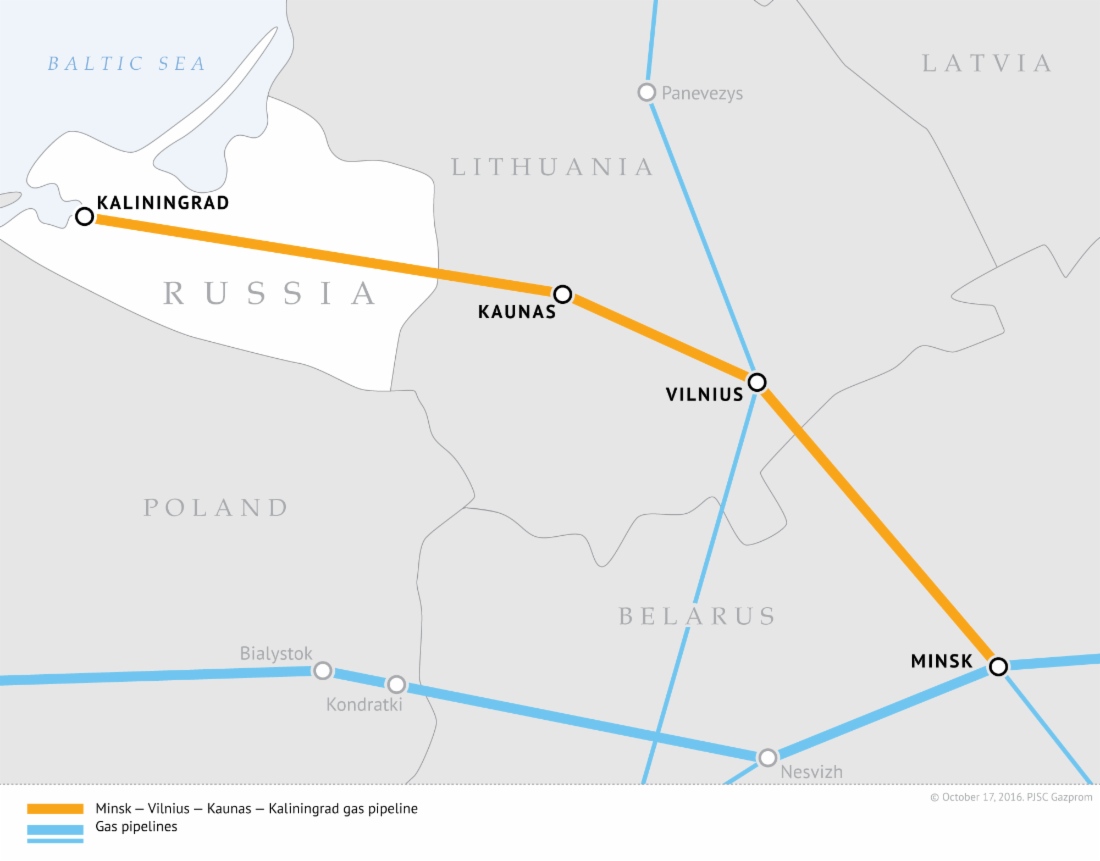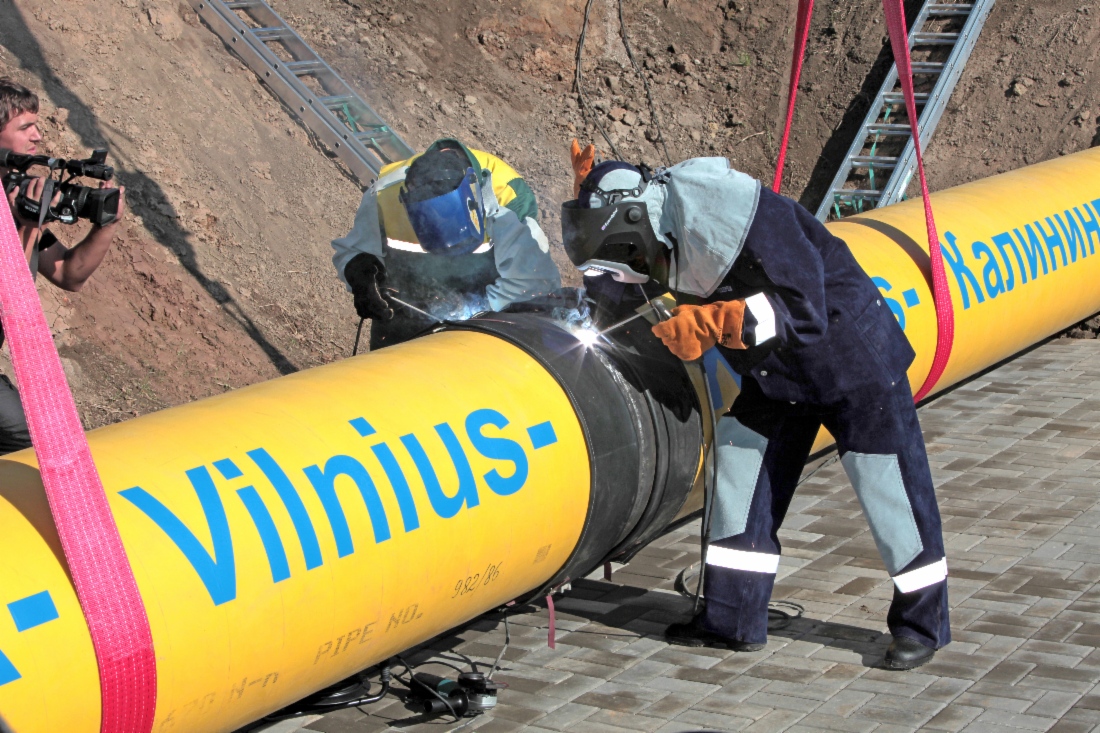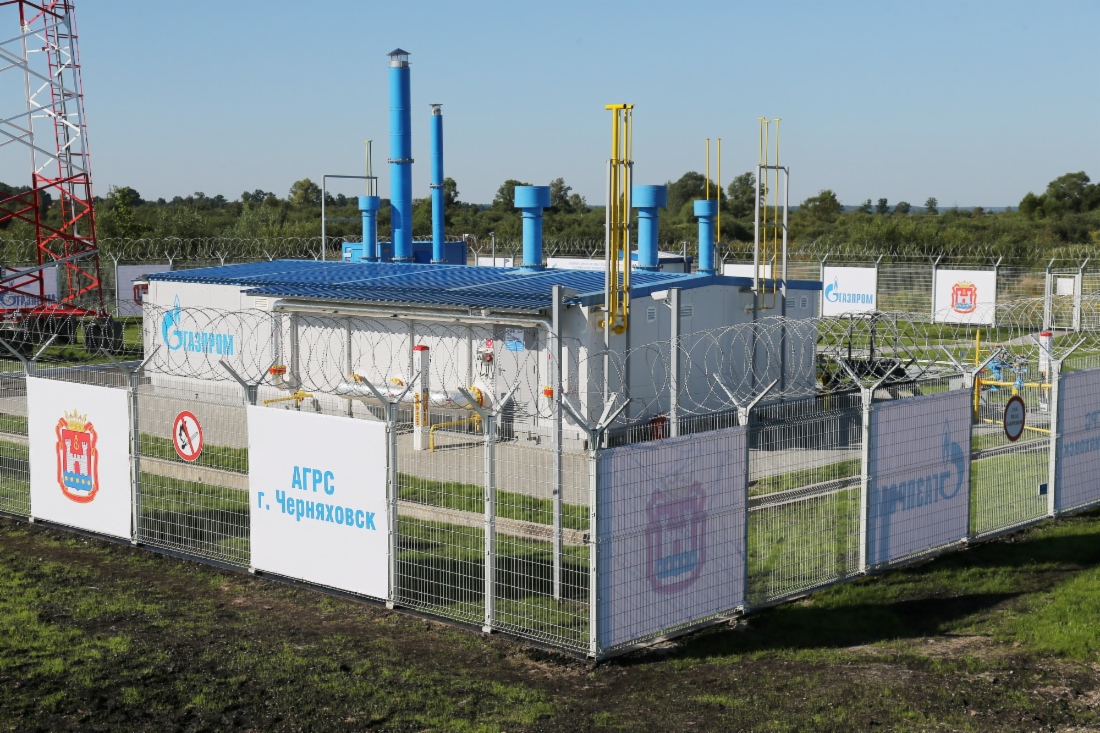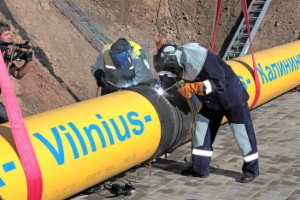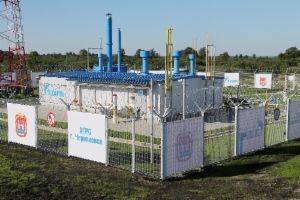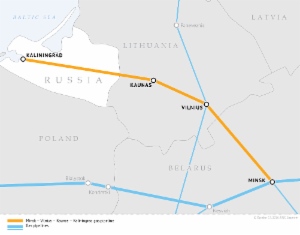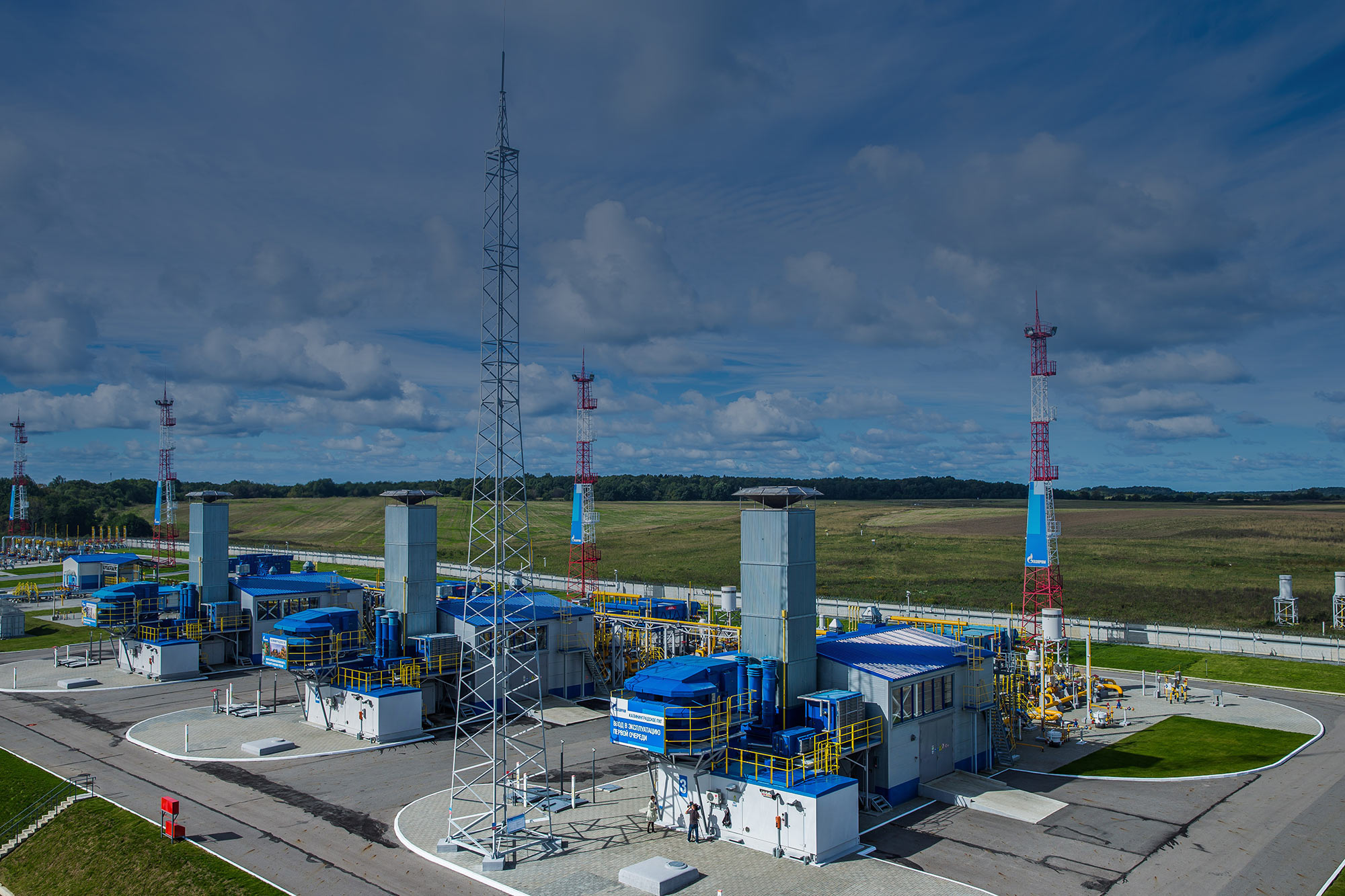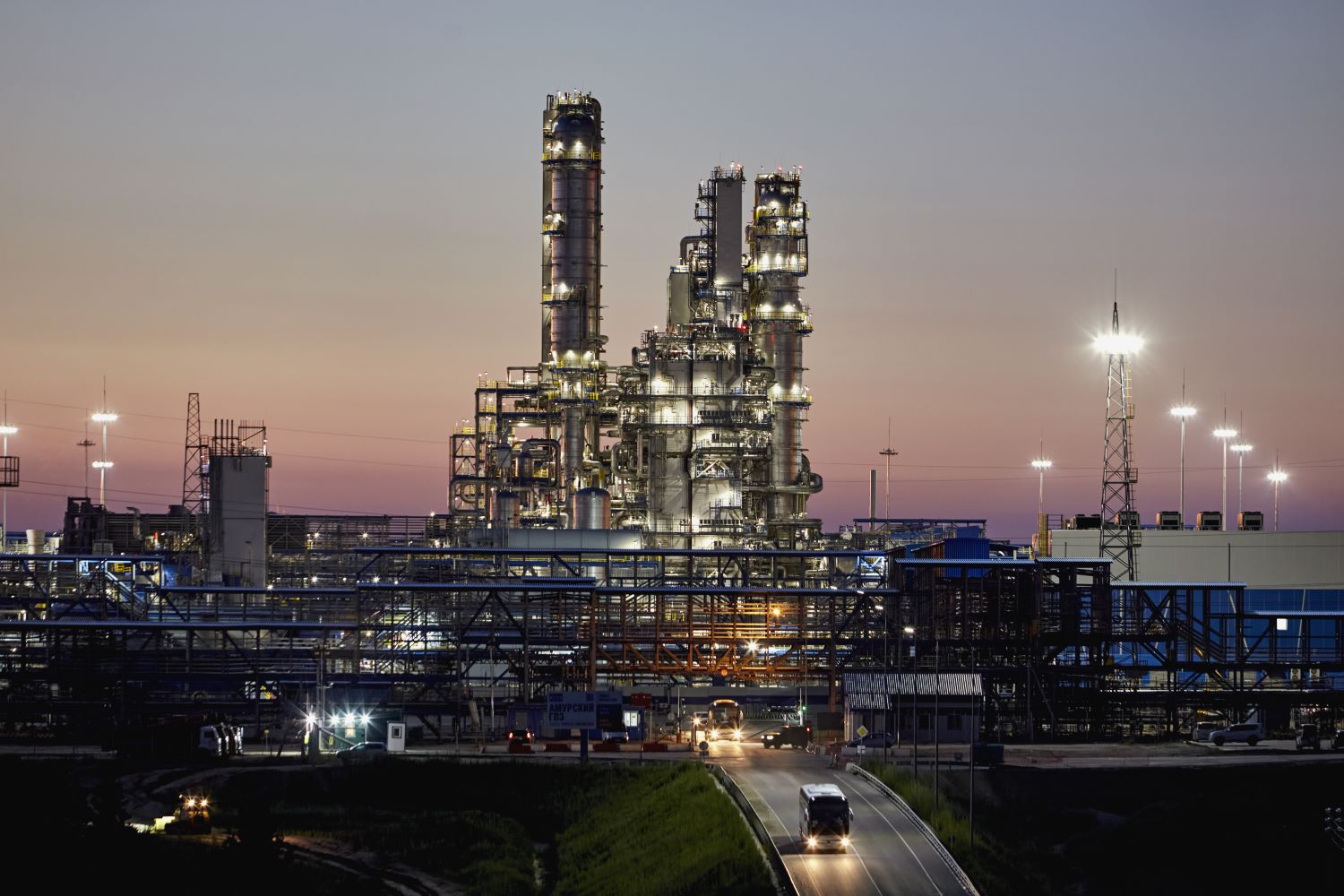The Minsk – Vilnius – Kaunas – Kaliningrad gas pipeline delivers natural gas to consumers in the Kaliningrad Region, Russia’s westernmost area that is entirely separated from the rest of the country by the land and sea borders of foreign states.
Minsk – Vilnius – Kaunas – Kaliningrad

length in the Kaliningrad Region
throughput capacity
length in the Kaliningrad Region
throughput capacity
Figures and facts
Pipeline section across Kaliningrad Region: around 155 kilometers.
Base diameter: 500 millimeters.
Working pressure: 5.4 MPa.
Annual throughput: 2.5 billion cubic meters.
Capacity of Krasnoznamenskaya CS: 12 MW.
Development
The first string of the pipeline section running across the Kaliningrad Region was brought onstream in 1985.
In 2005, Gazprom built the Krasnoznamenskaya compressor station (CS). In 2009, the second string of the pipeline stretching across the Kaliningrad Region was put into operation, while the capacity of the Krasnoznamenskaya CS jumped from 8 to 12 MW. As a result, the annual design capacity of the gas pipeline reached 2.5 billion cubic meters. In addition, the Company took efforts to expand the gas transmission capacities in Lithuania, which included the construction of the Jauniunai CS near Vilnius.
In 2016, a 25-kilometer gas pipeline branch to Chernyakhovsk and an automated gas distribution station with an hourly capacity of 23,400 cubic meters were put into service.
In October 2017, Gazprom completed the construction of two gas pipeline branches stretching to the towns of Gusev and Sovetsk. The pipelines increased the reliability of gas supplies to the new TPPs, Mayakovskaya and Talakhovskaya.
Technologies
The engineering solutions employed in the construction of the gas pipeline’s second string took into account the natural and geological features of the areas adjacent to the pipeline route running through largely damp and boggy territories and crossing big rivers (Deyma and Sesupe), highways, railroads, and other infrastructure.
An additional gas compressor unit with a modern automation and remote control system was installed at the Krasnoznamenskaya CS to expand the station’s capacity.
Environmental protection
Pursuant to the Convention on the Protection of the Marine Environment of the Baltic Sea Area (Helsinki Convention of 1992), Gazprom implements appropriate measures to protect the Baltic Sea ecosystem and preserve the region’s biodiversity. To that end, the Company took actions to mitigate environmental impacts during the construction of the gas pipeline and the compressor station.
Social and economic significance
The expansion of the Minsk – Vilnius – Kaunas – Kaliningrad pipeline’s capacities has considerably enhanced energy security in the Kaliningrad Region.


